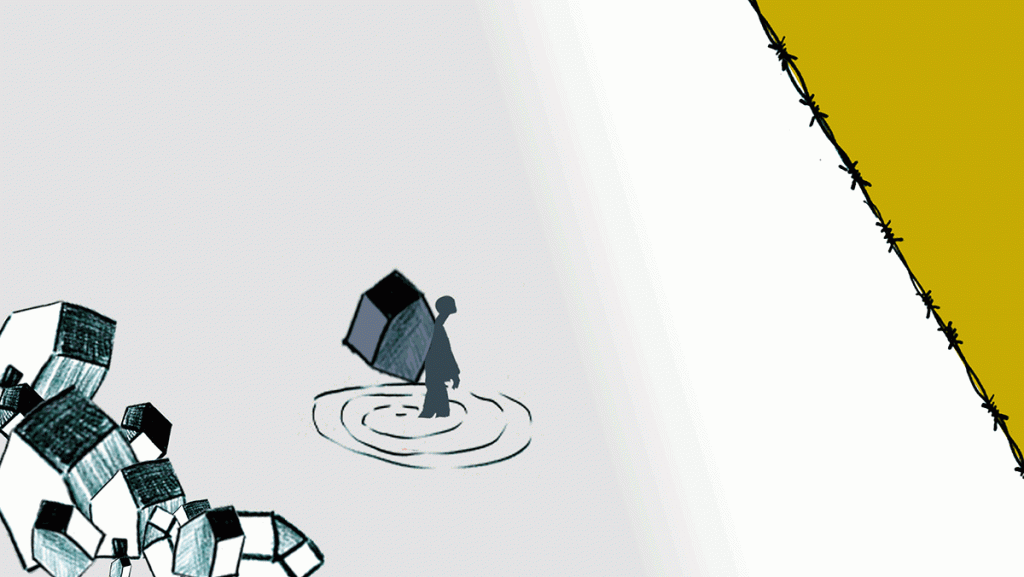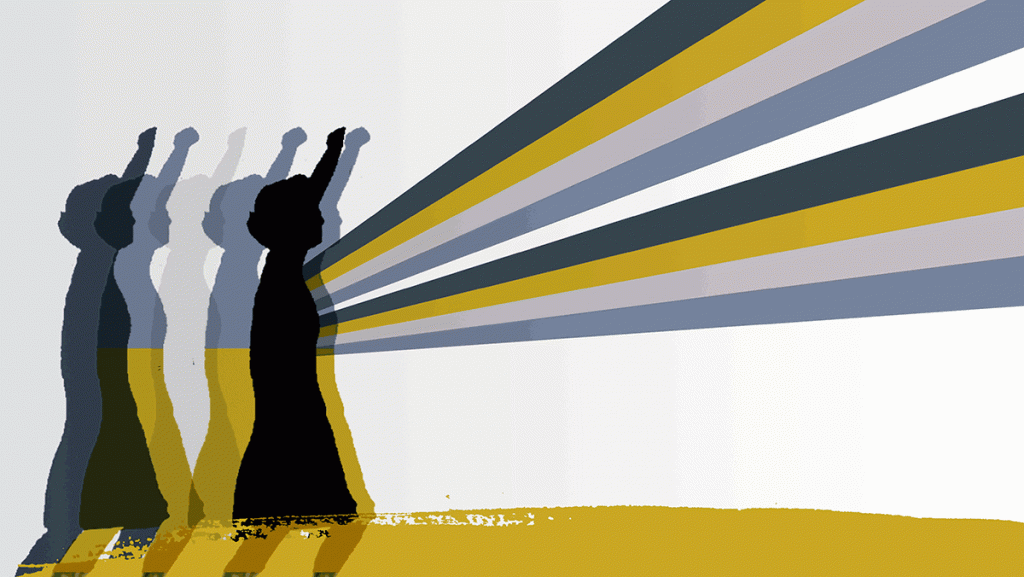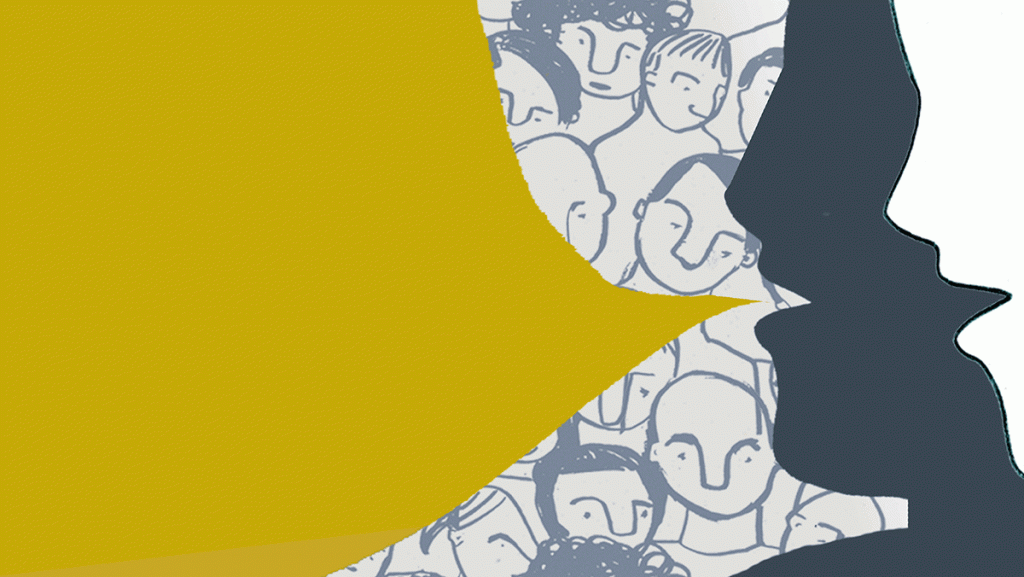The workshop participants explore the reasons why the Archive of Refuge interviewees left their countries and what is was like for them to arrive in Germany. Building on these narratives, they devise their own idea of what a decent or ideal place to arrive in should be like. They start by putting their thoughts on a sheet of paper as a prototype, then they implement their idea with multiple media on the learning platform CoSpaces so that they can experience their imagined world with VR glasses.


